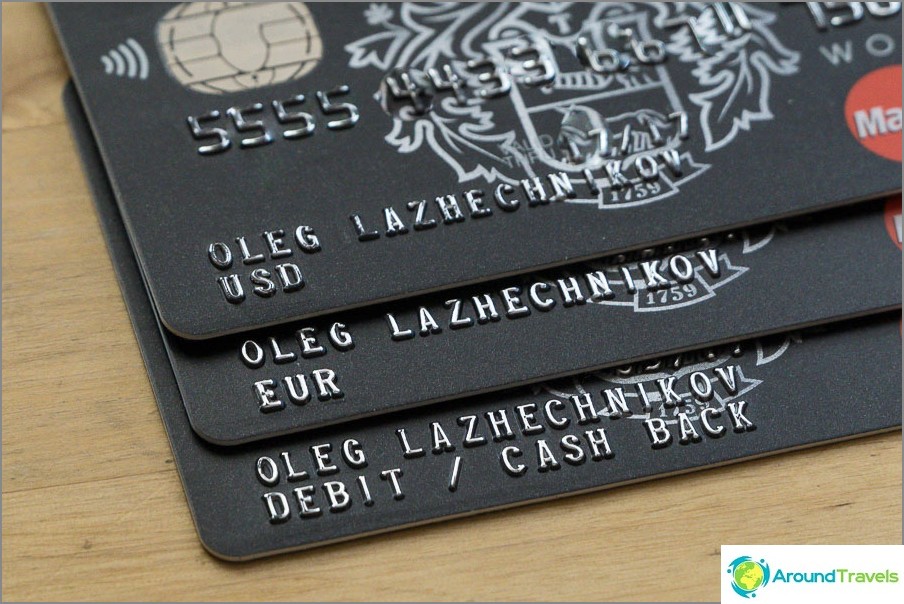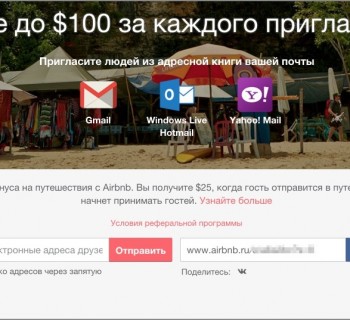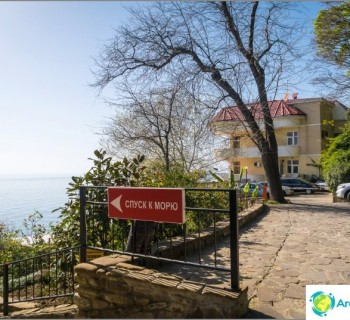The same question is constantly repeated in the comments, which is more profitable now to take a foreign currency or ruble card with you abroad. By tradition, instead of answering, I decided to write a small and separate post on this topic, especially since the answer is not entirely obvious, and in fact depends on the specific situation. I would be glad to receive your additions, if any..
The content of the article
- one Why this question arises
- 2 Double conversion will still be
- 3 You need both cards - both currency and ruble
- 4 Behavior strategies
- five What currency card to issue
Why this question arises
Now my main card is a Tinkoff AllAirlines travel credit card (via the link 1000 rubles as a gift), I recommend it. 2-10% cashback can be received for travel.
First of all, it must be said why this question arises. The fact is that when buying something on a ruble card or when withdrawing cash in the same Thailand, there is a double conversion THB => USD => RUB (more about conversion). As a rule, it goes through dollars, but it can also go through euros. So two exchanges = two losses. This was the case before, but right now, during the crisis, many are concerned about reducing such costs, which they previously turned a blind eye to..
But many do not understand that one should be afraid not of the double conversion itself, but of the conversion rates for it. More precisely, even we should be worried about the second conversion of USD => RUB, which is carried out by a Russian bank, often at a very bad rate. And, if you have issued a card from my collection of maps, then you shouldn't worry too much, since the rate will be equal to the Central Bank rate, that is, it simply cannot be better.

Which card to choose for abroad in ruble or foreign currency
Double conversion will still be
Of course, it is better if instead of double conversion there is only one. But for this you need to have income in dollars and put these dollars on the card right away. How many Russian travelers have it? No.
Then there is a logical way out of this situation - to buy dollars in advance, put them on a dollar card and go abroad with it. And on the spot, paying with this card, we will have only one conversion from local tugriks to dollars and that's it (for example, THB => USD). Well, or if this is the eurozone, then euros will be converted into dollars. Although it is better for the eurozone to have a euro card, then the write-off will be 1 to 1. But this is another question, we will continue about the profitability of currency cards.
It would seem that the issue has been resolved, but no. Again, for some reason, not everyone understands that if you initially have income in rubles, then in any case you make two conversions - one in Russia in an exchange office, exchanging rubles for dollars, the second abroad. Whatever you do, there will still be two conversions! The only way out, as I said, is to have foreign exchange earnings..
Someone may object to me that, they say, the rate is growing all the time, so it should still be more profitable to buy dollars at home in advance than to pay with a ruble card. But this is not the case. Moving on to the next item.
You need both cards - both currency and ruble
If you really want to reduce losses on conversions, then you need both cards: ruble and currency! And use them depending on the current situation, that is, the course. And ideally, maintain a balance in your bi-currency basket by bribing dollars on pullbacks, or selling them at the peak, depending on what is now in your basket, dollars or rubles. Or there is still such a thing.But, most likely, few people will play on the difference in rates, so we will analyze the option for those who do not really bother.
To begin with, I will give a fresh example to make it clear why a currency card is not always profitable. In February 2016, the dollar cost about 79 rubles. Let's say you are going to Thailand for 3 months and bought yourself $ 4500 for this period ($ 1500 per month). At the same time, you spent 355,000 rubles. But already in March, the dollar rate became 68 rubles, that is, the same $ 4,500 will cost 306,000 rubles. I think it is obvious that it would be better to buy initially only $ 1,500 for one month, and from March already pay with a ruble card just at the rate of 68 rubles. Or not to buy anything at all and go only with the ruble, it would still be more profitable, provided that the rate does not jump again.
There are also completely opposite examples, when buying dollars in advance turns out to be profitable. Let's say you buy them at 68, and then all subsequent months, while you are traveling / wintering, the dollar rate only grows and thereby you save by spending those same dollars at 68.
Thus, a currency card may or may not be beneficial. And that's why you need both cards: currency and ruble with a good conversion rate. Then, depending on the current ruble / dollar exchange rate, you will be able to spend money more economically. If your dollars are too «expensive» (bought at 79, and now they cost 68), then you can pay with a ruble card and wait for the rate to rise. If your dollars «cheap» (bought at 79, and now they cost 85), then you can use them. But this must be remembered, when and how much they took, so there is a simpler scheme: during the growth of the dollar, pay with the ruble card, during the period of the fall in the dollar. Although with her the question arises at what rate the bucks were originally bought.
Behavior strategies
I offer you 3 strategies for how to deal with cards while traveling, whether or not to take foreign currency in addition to yourself, or not. Heh, what a word «strategy», in fact everything is simple.
- If you are traveling for 1-2 weeks, and such trips do not happen often, then you can not make yourself a currency card at all and limit yourself to ruble with a good conversion rate.
- Buy dollars before the trip, put on a currency card, but at the same time have Tinkoff ruble cards or Corn, and spend, depending on the exchange rate, dollars or rubles, for example, during the growth of the dollar, pay with a ruble card, during the fall of the dollar.
- And the last option is to do everything the same as in point 2, but buy dollars not right before the trip, but a little in advance, when the rate drops. True, there are various kinds of risks that the course will then go not at all where it was planned, but without this there is no way. Again, Tinkoff is a good fit for this, since he now has a currency purchase rate in the Internet bank that differs from the Central Bank by only 0.5% (once it was 2% and it was unprofitable).
What currency card to issue
Surely someone will ask which card to take and I recently studied this question.. Search results here. I have Tinkoff dollar and euro cards, with free service, 1% cashback and no commissions. That is, dollars will be debited 1 to 1 in countries with dollar circulation, and in MNT countries there will be one conversion Tugrik => Dollars, without additional commissions when paying in a store and withdrawing from an ATM. By the way, cashback on currency cards is very rare..
VTB24 / Sber / Homecredit also have good currency cards, conversion without commissions. In short, read the link so that I do not repeat myself.
P.S. Write which bank cards you use and what is there with the commissions and conversion rate in the Internet bank. Maybe there is something better.


